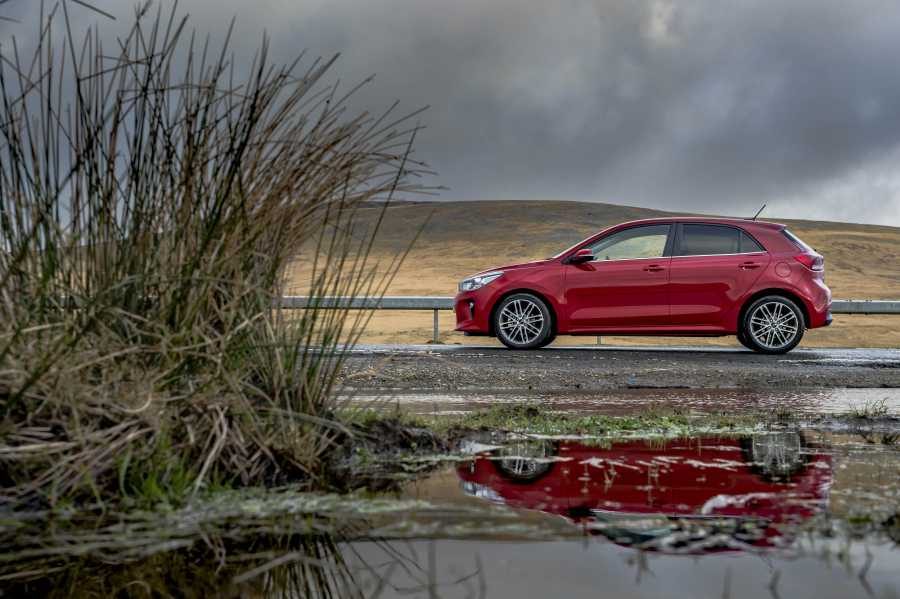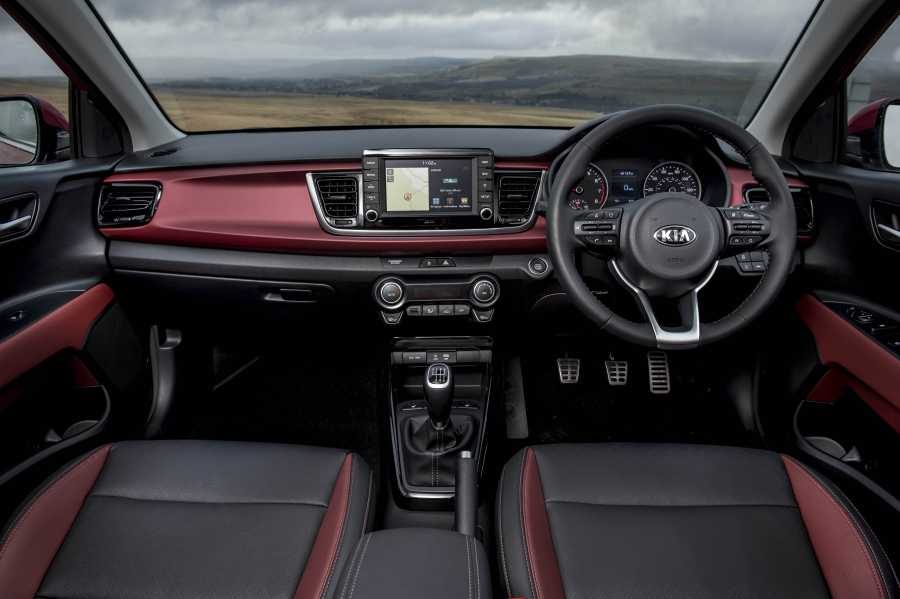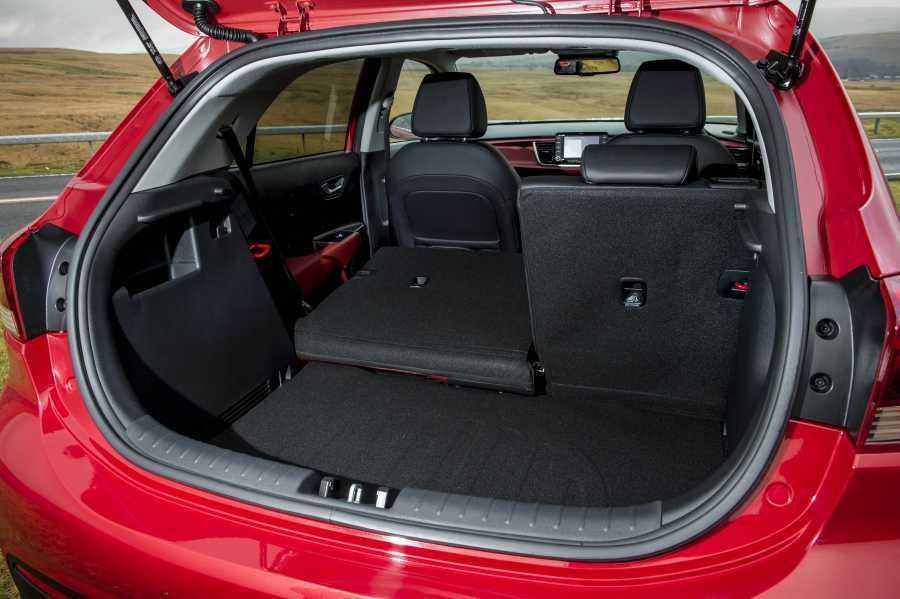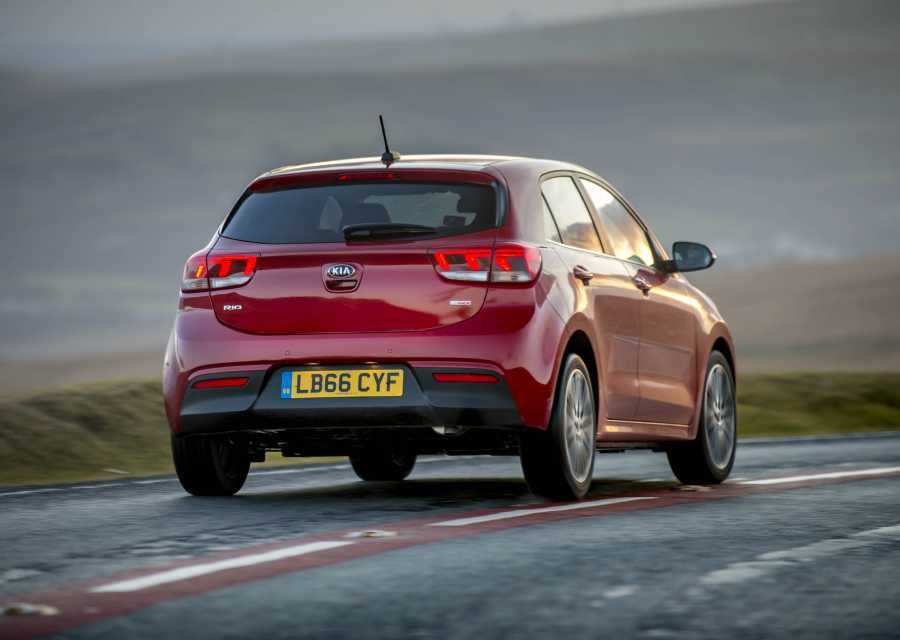Featured · First Drive · Kia · Reviews
Pride in Kia’s little titan
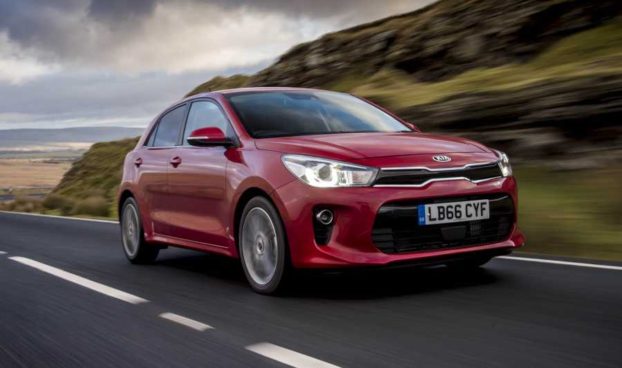
THE car Kia calls its ‘little titan’ is primed and ready to punch way above its weight.
While the Rio is the Korean brand’s global chart-topper, it is being kept at No 3 in the British hit parade behind the popular Sportage and cee’d.
Now the new fourth generation Rio has arrived – and is poised to shake up the small car scene with its blend of style, space and greater stage presence.
It is part of Kia’s latest push for sales that will also see an all-new Picanto city car enter the fray in the spring.
The Rio has actually been around since the turn of the century and has a special significance for its manufacturer because its roots lie in the Kia Pride, the model responsible for properly establishing the company as a car maker.
Both sales and stature have snowballed since then and in the case of the Rio, some 475,000 models a year are being snapped up worldwide.
Buyers of the latest Rio, though, will be receiving a car that, like its maker, has really matured.
That’s because it not only looks the business but now has more space, a greater road presence, improved dynamics and the arrival of a turbocharged 1.0-litre powerplant that’s a real cracker.
The line-up comprises a 10-model range based on four engines, a trio of transmissions and four trim levels, including an upmarket limited-run First Edition variant.
Rio’s fresh look is the result of a joint effort by Kia’s designers in Germany and the USA, aimed at emphasising the car’s greater interior space and stability on the road.
So there’s now a stiffer bodyshell and appreciably more head, shoulder and legroom – though it’s still a tight squeeze for three across the back – plus more boot capacity, up by 13 per cent to 325 litres.
The interior – which is classy and colour coded in the high spec versions, less so at entry level – has basically been designed around the touch-screen for the advanced connectivity features that appear in Rio for the first time.
They include Kia Connected Services and both Apple and Android smartphone integration, with USB ports front and rear so mobiles can be charged from any seat.
While the range kicks off with a 1.25-litre 83bhp petrol variant in ‘1’ trim at £11,995, the more interesting engines are the pair of three-cylinder 1.0-litre T-GDi units which come with either 99 or 118bhp.
The pick is the lower powered of the pair which enters the line-up in ‘2’ trim with five-speed manual gearbox and costs £14,545.
This model proved the star of a press launch that took in mainly urban roads and country lanes but also afforded the chance to really push the Rio on the motorway – and it was every bit as impressive as the more expensive 118bhp First Edition (£17,445).
Where the new Rio really hits the mark though is with its refinement. It’s a much better car to drive than its predecessor, soaked up some pretty wretched road surfaces during the launch and has steering that loads up admirably.
We couldn’t match the official average fuel figure for either model, registering 47.5mpg (official 62.8) and 42.8 (official 60.1) for the First Edition, while the return for the smooth and near silent six-speed 1.4-litre CRDi diesel was 56.2mpg (official 74.3).
That said, Kia have completed a fine job with the Rio. It’s comprehensively kitted out even from base level, is safer with its Straight Line Stability feature and Autonomous Emergency Braking and Lane Departure Warning (standard on all bar entry grade), is lively to drive, smart looking and comes with a seven-year 100,000-mile transferable warranty.
Now available only as a five-door, the little big car has certainly grown up.


